You are here
Education Profiles
Profiles are graphical reports that provide an overview for special education topics. Select from EPDC’s twelve profile series, including three sub-national series for Nigeria, Kenya, and Zambia. New profile series are under development.
Arab Region Profiles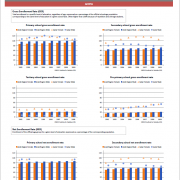
The EPDC in-depth profile of Qatar provides assessment scores by grade level and a breakdown of the existing schools by type and level. This profile also compares Qatar's progress in educational access with the rest of the Arab Region.
Core USAID Education Profiles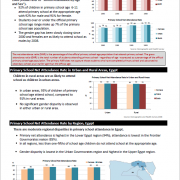
These profiles show several disaggregations of attendance, repetition, dropout, promotion, completion and literacy rates.
East Africa Education Profiles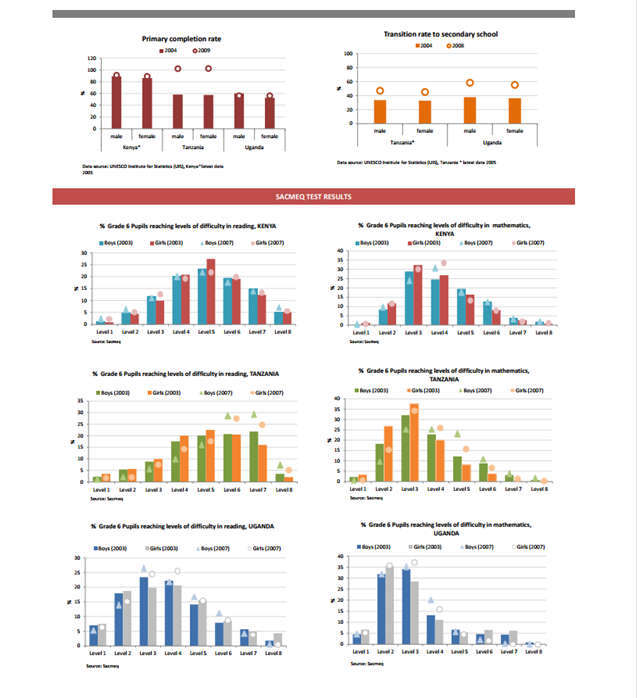
EPDC has created a profile which takes a look at education in East Africa. This profile compares education access, progression, and assessment scores of Kenya, Tanzania, and Uganda.
Education Trends 2000-2025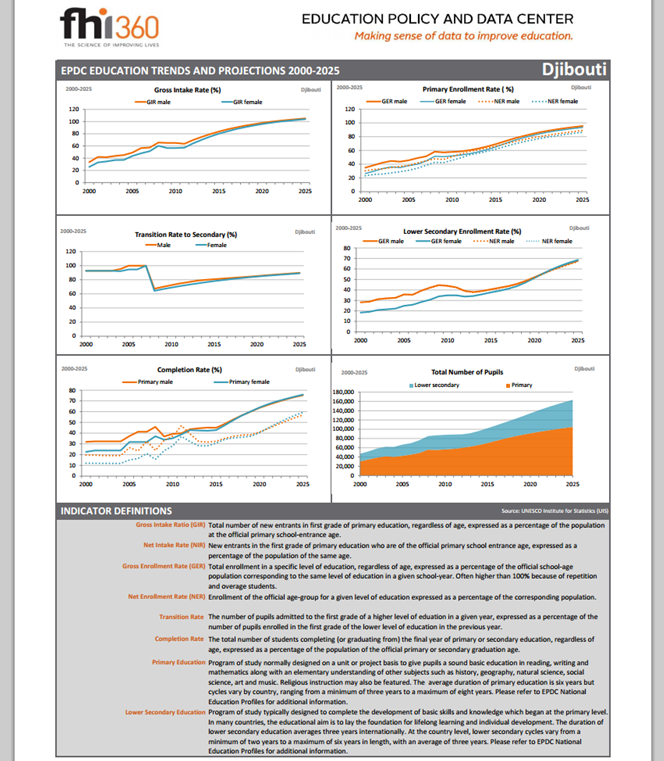
EPDC has created a series of profiles showing education trends and projections for 2000-2025. EPDC education projections were developed using a progress-based methodology, based on trends from 2000-2010 across the group of low-income countries included in this exercise, and using past trends to set expectations for the future. Currently there are profiles available for 79 countries.
EFA FTI Profiles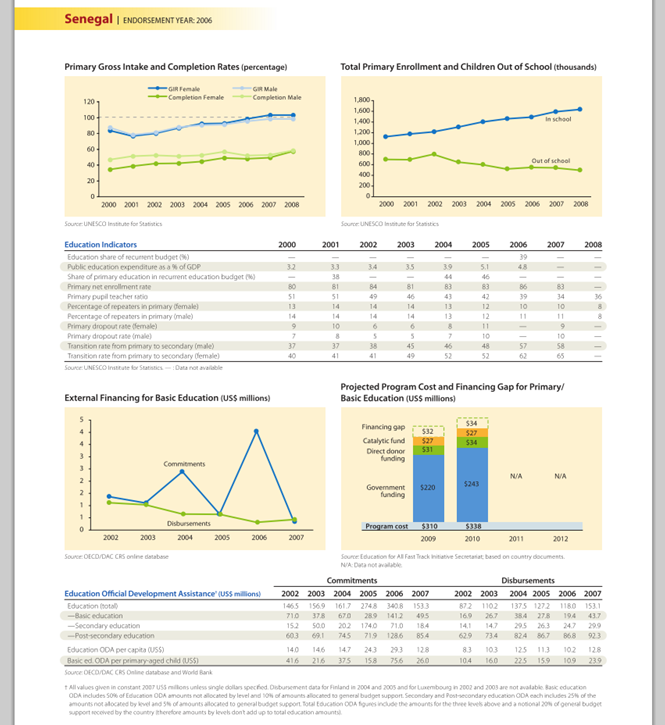
EPDC collaborated with the Education for All Fast Track Initiative (now Global Partnership for Education) to design and produce country profiles that were be published with the EFA FTI 2009 Annual Report. The profiles document the status of education provision and financing for 40 countries participating in Fast Track Initiative and were be released along with the report when it was published in February 2010.
Kenya District Primary Education Profiles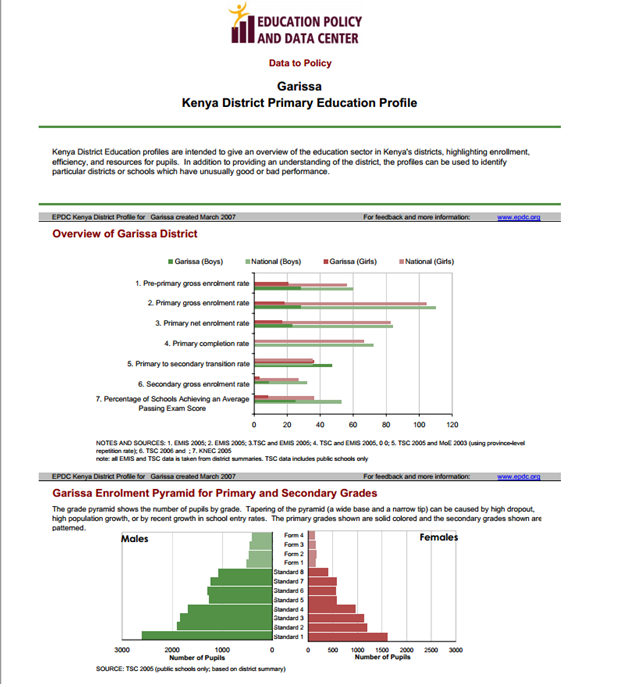
Kenya District Education profiles are intended to give an overview of the education sector in Kenya's districts, highlighting enrollment, efficiency, and resources for pupils. In addition to providing an understanding of the district, the profiles can be used to identify particular districts or schools which have unusually good or bad performance.
Mozambique Provincial Education Profiles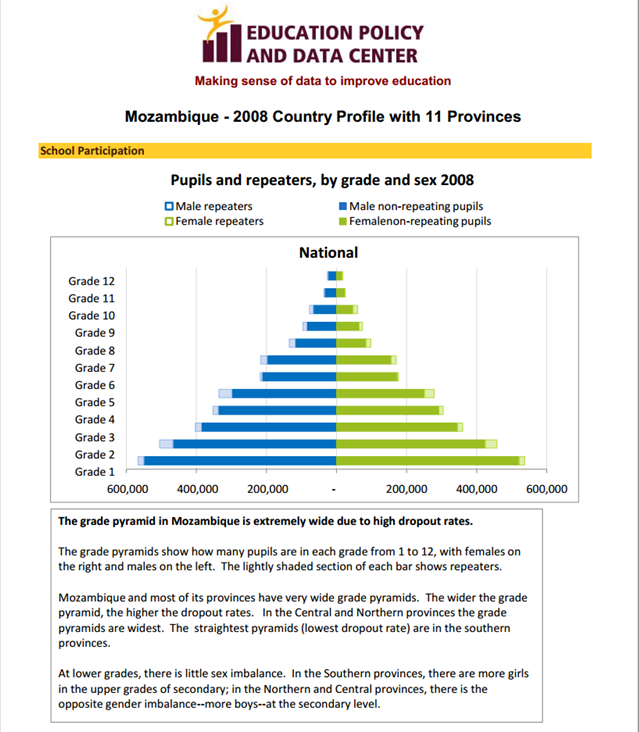
In response to a request from USAID, EPDC compiled and graphically presented Mozambique’s education status in an education profile and adapted the HIPE model to provide education projections at the national and 11 province levels.
National Education Profiles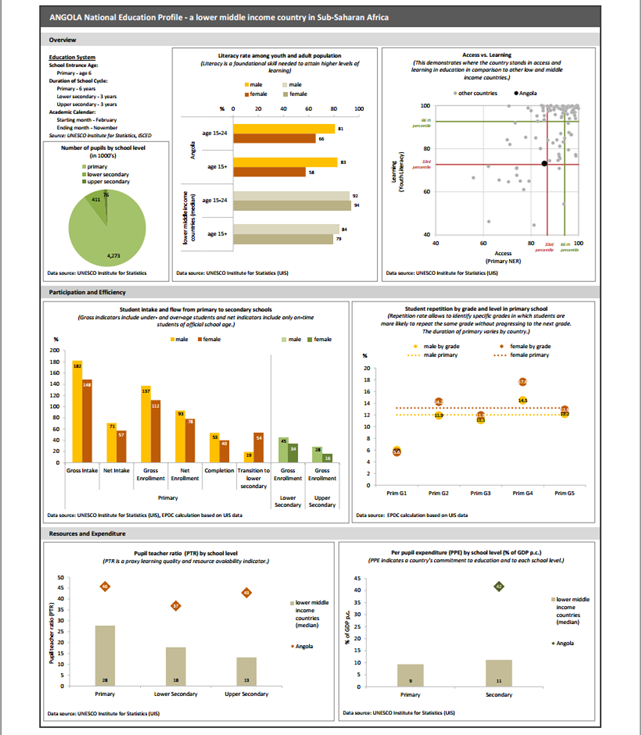
EPDC has created a series of National Education Profiles. These profiles contain information on literacy, access, learning, participation, repetition, resources, and per pupil expenditure. Currently, there are profiles available for 92 countries.
Nigeria Regional Basic Education Profiles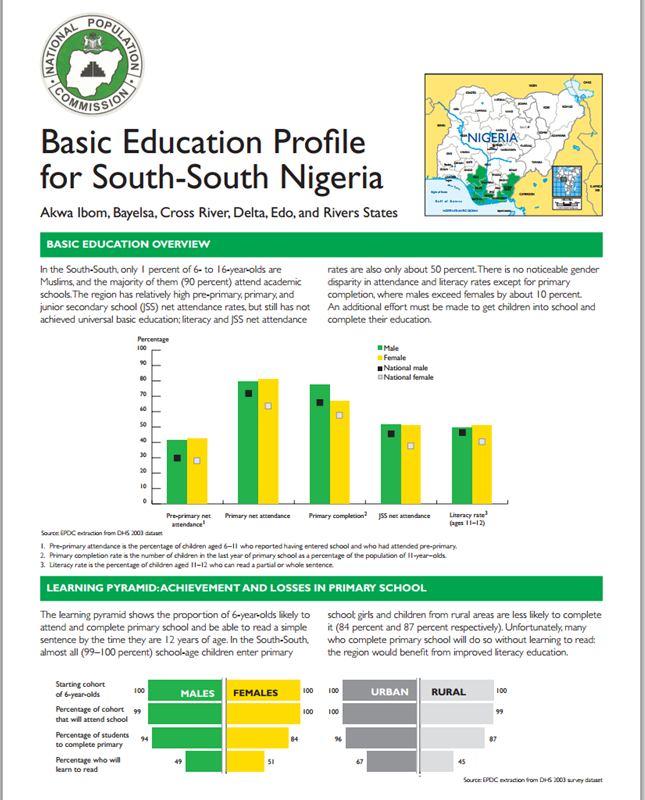
These EPDC profiles provide information on basic education across six regions in Nigeria. The profiles contain indicators on attendance at three school levels, primary school completion, and literacy rates.
Out of School Profiles
These EPDC profiles examine out of school estimates for children ages 7 to 14. The profiles employ household survey data to examine school non-participation at the international, national, and subnational level.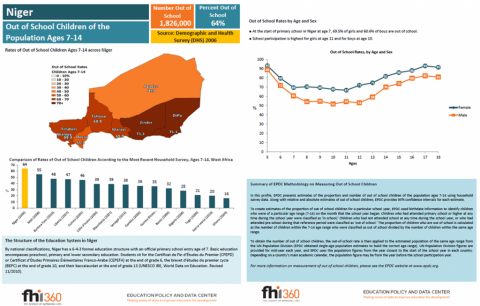
Pakistan District Education Profiles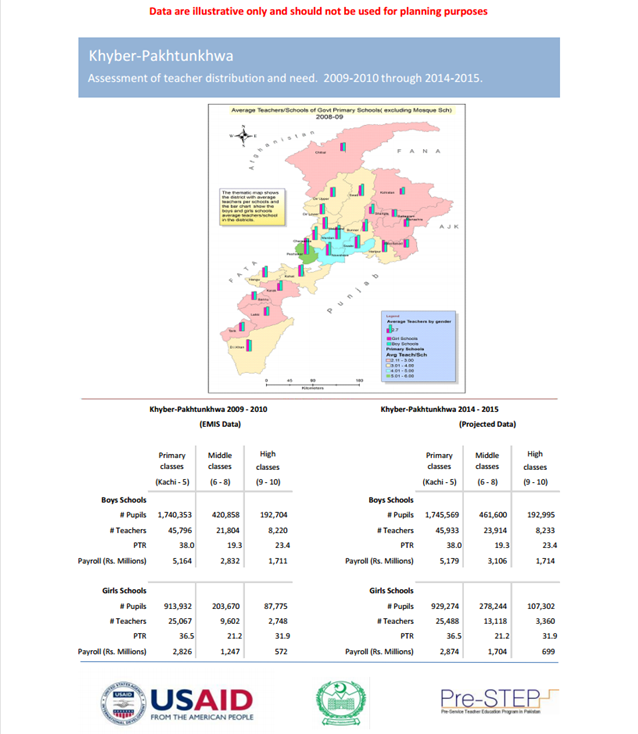
This series of profiles shows EMIS data and projected data, focusing on the numbers of pupils and teachers, the pupil-teacher-ratios and payroll implications.
SACMEQ Profiles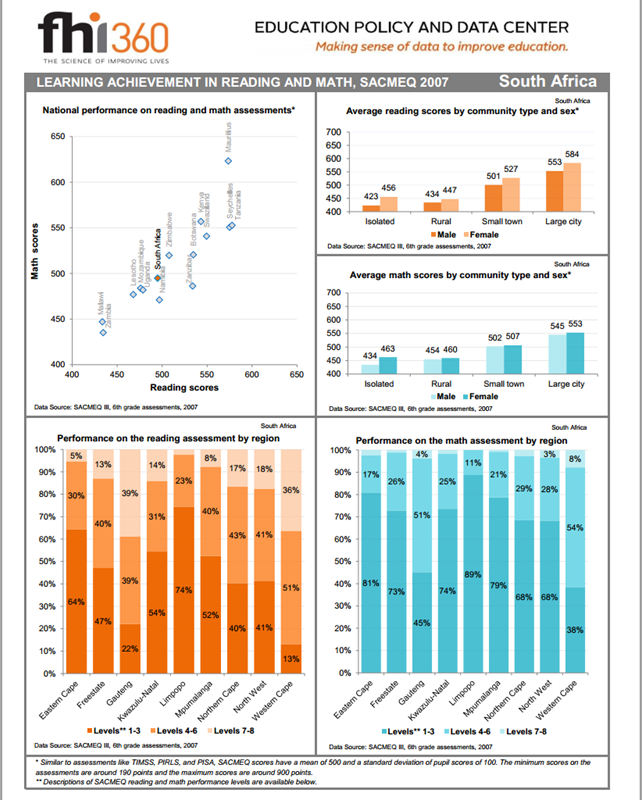
EPDC has created 15 profiles on learning achievement in reading and math. Data for these profiles come from the third Southern and Eastern Africa Consortium for Monitoring and Educational Quality (SACMEQ) study conducted in 2007. The study measured reading and math performance at the sixth grade level in Botswana, Kenya, Lesotho, Malawi, Mauritius, Mozambique, Namibia, Seychelles, South Africa, Swaziland, Tanzania, Uganda, Zambia, Zanzibar, and Zimbabwe.
Zambia District Education Profiles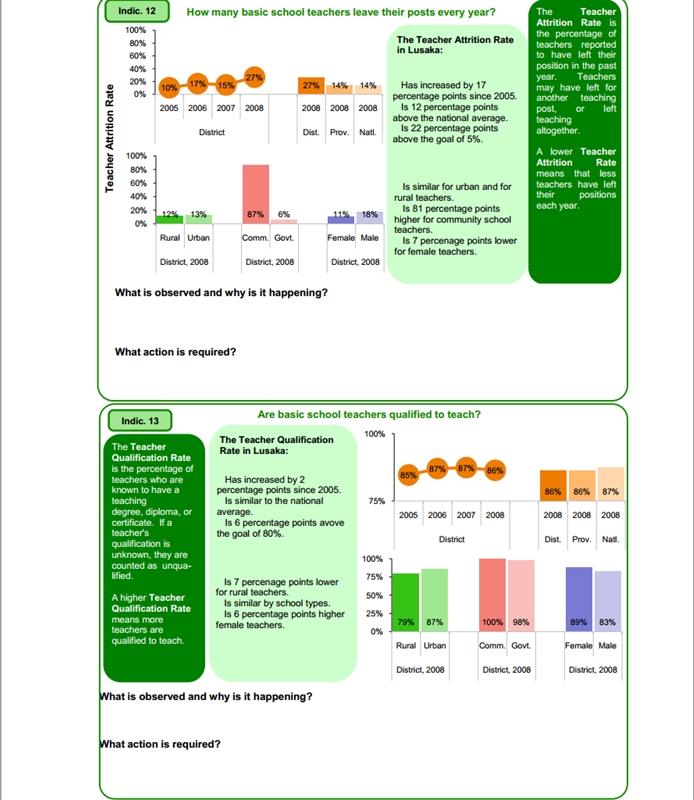
EPDC collaborated with FHI 360's Systems Services, leading the EQUIP 2 Information and Policy support for the Zambian Ministry of Education, to develop District education profiles that present EMIS data in a comparative and more user friendly, graphical format for policymakers. The profiles are being integrated into basic administrative monitoring for education and will be used by Zambian districts as a tool to request funds and support. The team also produced a highly graphical manual on education indicators and supported workshops on evidence-based decision making.
